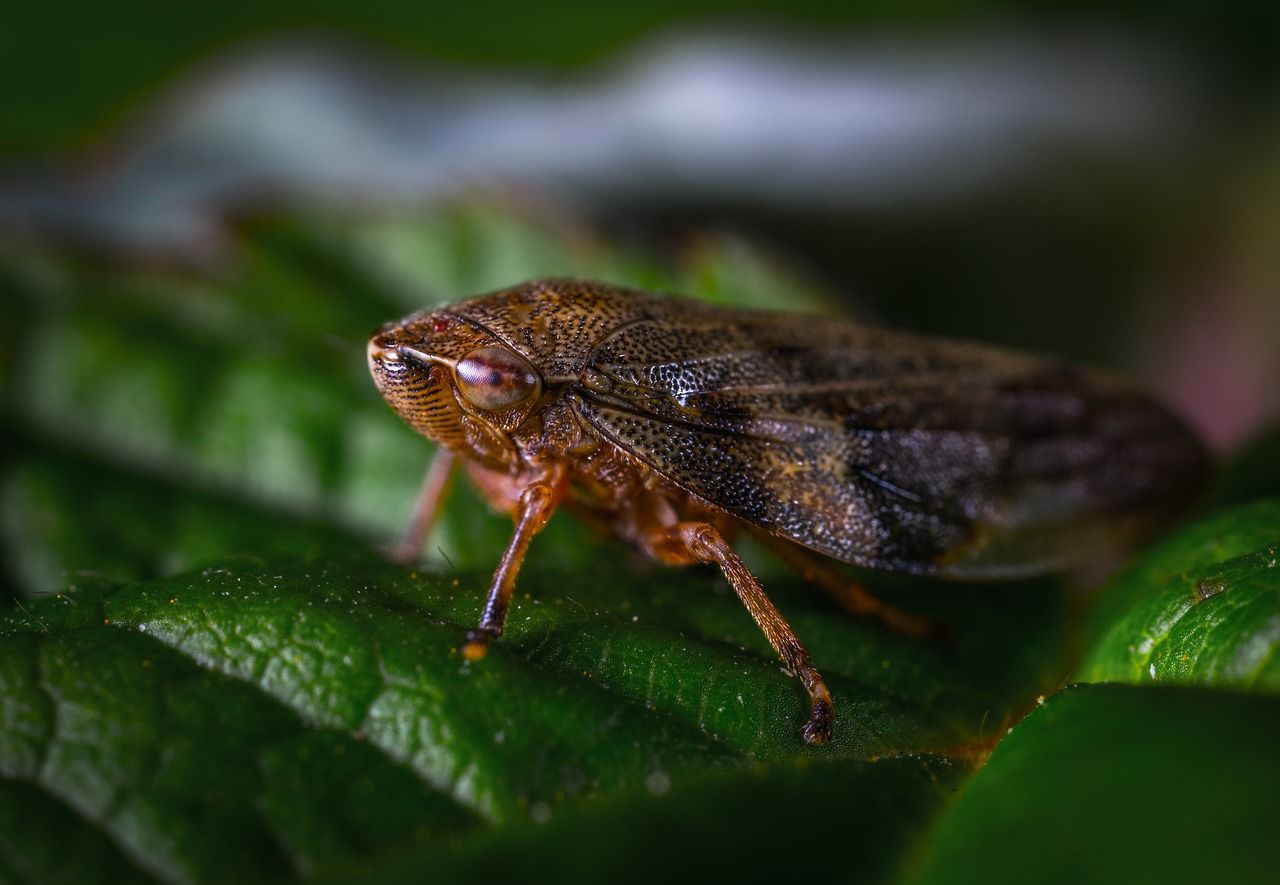
Leafhopper, sharpshooter and frog-spit
Identification and treatment
Contents
The froghopper is a small sap-sucking insect, just like the aphid. The most common froghoppers are the meadow spittlebug and the green froghopper. The froghopper produces a frothy saliva, known as “cuckoo spit”, to cover its eggs and larvae, protecting them from drying out and predators. This saliva can be observed in summer on various plants, both herbaceous and woody, in the garden.
The white froghopper (waxy) is considered harmful and is prevalent in gardens in the south of France.
In general, the damage is aesthetic, but what can be done when froghoppers become too numerous?
Leafhoppers or froghoppers
-
The Meadow Spittlebug
– Description
The meadow spittlebug (Philaenus spumarius) is widely distributed across Europe. It measures between 5 and 7 mm. Its body colour varies (from light grey to dark) and its patterns are highly variable.
The larvae are often grouped together and develop in a white, rather elongated frothy mass commonly known as “cuckoo spit”, “Mary’s spit” or “spring froth”, on the host plant. This froth, created by blowing air into urine rich in albumin, protects the larvae.
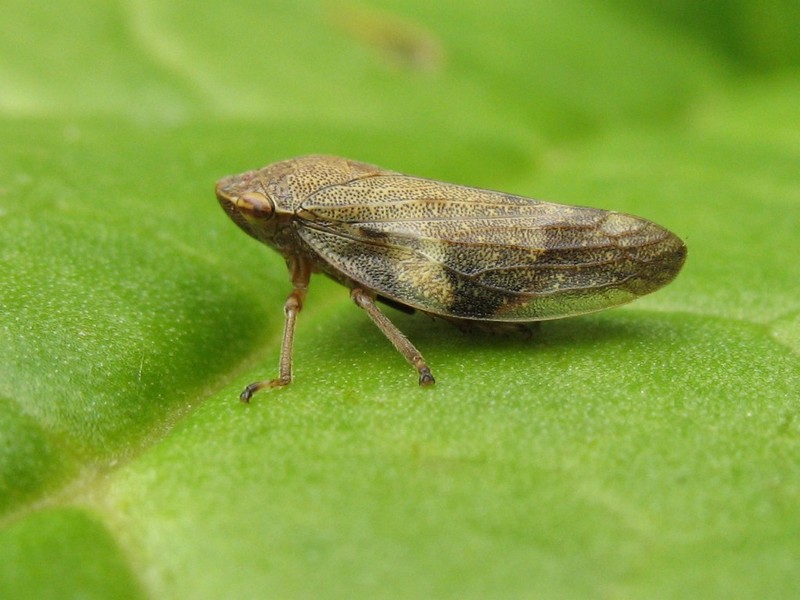
Meadow spittlebug (Gilles Gonthier, Flickr).
– Host Plants
The larva of the spittlebug lives in frothy masses on various herbaceous and woody plants: broom, bulrush, olive, rose, strawberry, and willow, among others.
-
The Green Leafhopper
– Description
The green leafhopper (Cicadella viridis) measures between 5 and 10 mm. The wings of the female are generally green, while those of the male are variable (bluish, brown…) and the first segment of the thorax is yellow and green.
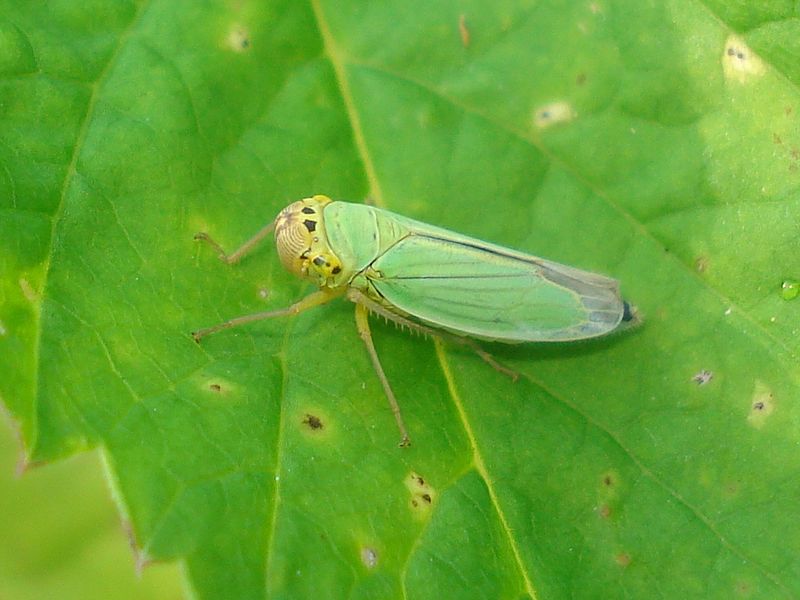
Green leafhopper (Sanja565658, Wikipedia)
– Host Plants
Very common, it can be found on both herbaceous plants and trees and bushes: roses, brambles, and fruit trees, for example.
-
The White or Waxy Leafhopper
– Description
Native to North America, the white leafhopper, also known as the waxy leafhopper (Metcalfa pruinosa) is an insect whose colour varies from light grey to dark grey that affects the south of France.
The larva secretes a waxy layer, the pruine, on the host plants which serves as camouflage. This pruine promotes the development of a fungus, sooty mould.
It also has the particularity of exuding a honeydew sought after by bees, which they transform into honey. A boon for some beekeepers who thus harvest Metcalfa honey.
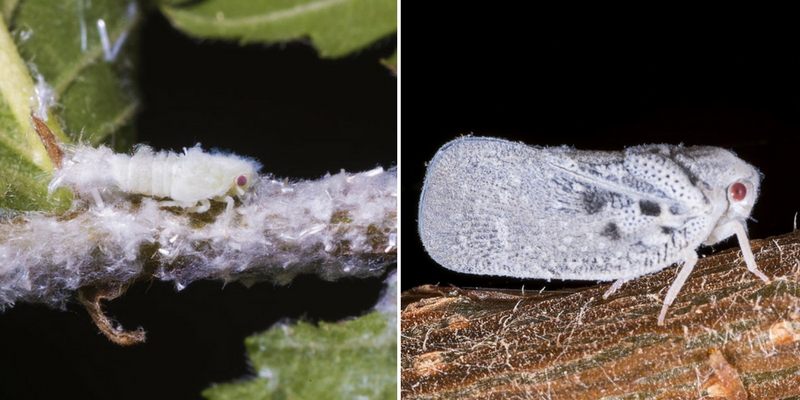
Left: White leafhopper larva – Right: Adult white leafhopper (Didier Descouens, Wikipedia)
– Host Plants
The white leafhopper can be found on maples, dogwoods, willows… but also on fruit crops such as vines, citrus trees, apricots, peaches…
It is only during a truly significant infestation that the white leafhopper can cause the death of the plant.
The observed damage is most often a weakening of the plants due to the insects’ bites but especially due to the development of sooty mould. This black fungus covers the leaves and hinders photosynthesis.
Treatment against the sharpshooter
Most leafhoppers are harmless and have little effect on your plants. Generally, they are too few in number to cause damage. At worst, a slight growth delay or even leaf discoloration may be observed.
However, if you find their presence too unsightly, you can:
- use a jet of water or simply your thumb to dislodge the slime. Deprived of its protection, the larva will perish,
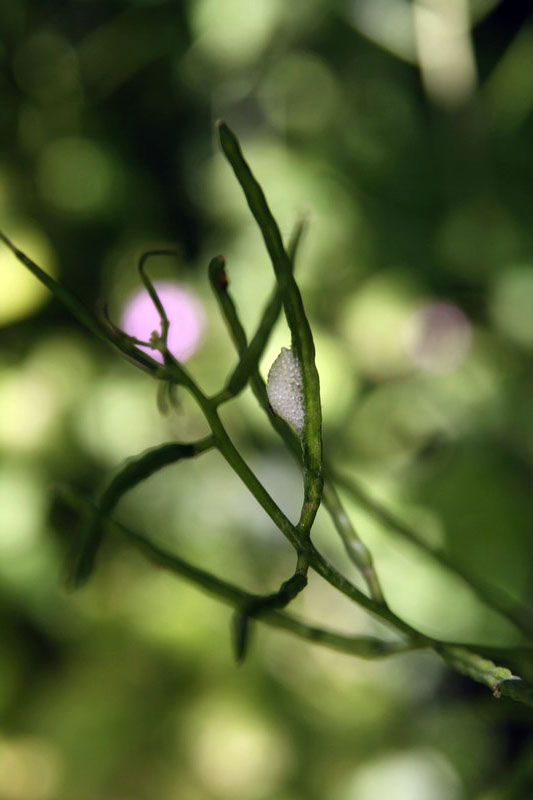
The “cuckoo spit” protects the larvae.
- combat the white leafhopper with sprays of black soap. In a sprayer, dilute 10 to 20 g of black soap in 1 litre of lukewarm water (do not add sulphur!). Mix well, wait for it to cool completely, and spray the mixture on the infested plants, preferably in the evening and during humid weather.
- introducing the small parasitoid wasp, Neodryinus typhlocybae, is a natural predator that lays its eggs in the larvae of the white leafhopper,
In prevention
The best prevention against leafhoppers is to encourage beneficials!
- Invite insectivorous birds, particularly blue tits, by installing nesting boxes (hole diameter of 26 to 28 mm).
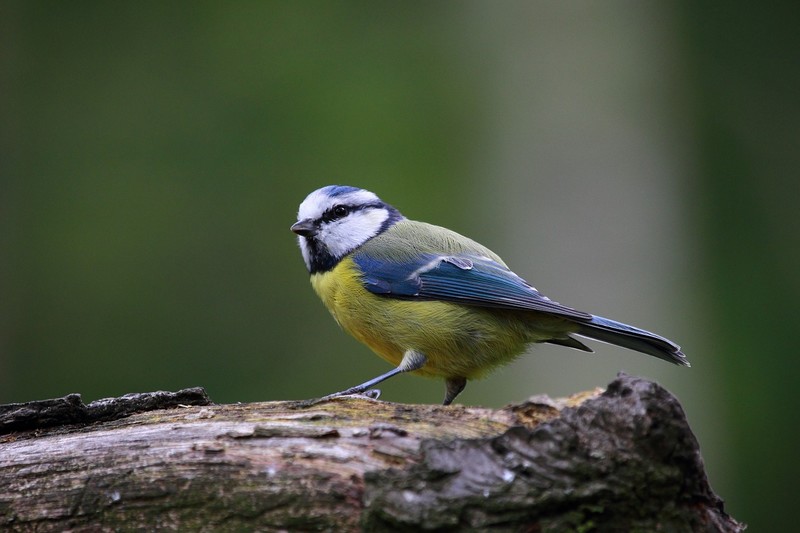
Blue tit, a natural predator of leafhoppers.
- Also, some species of ladybirds, predatory bugs, and spiders eat leafhoppers.
- Finally, lizards are said to be fond of the white leafhopper.
- Subscribe!
- Contents































Comments